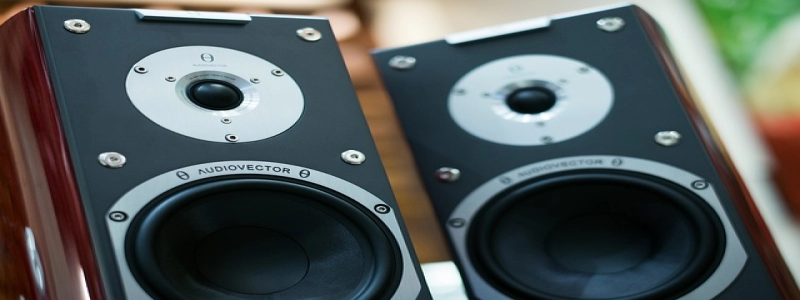SFP Transceiver: Enhancing Network Connectivity
Introduction:
In modern networking systems, the need for reliable and efficient connectivity is paramount. SFP transceiver, short for Small Form-factor Pluggable transceiver, is a versatile and compact optical module widely used in various network devices. This article aims to explore the features, applications, and advantages of SFP transceivers.
I. What is an SFP Transceiver?
1. Definition: SFP transceiver is a hot-swappable optical module used in high-speed communication networks.
2. Physical Characteristics:
a. Small form-factor: SFP transceivers are compact and lightweight, making them suitable for devices with limited space.
b. Pluggable Design: The hot-swappable feature allows for easy installation and replacement without disrupting network operation.
c. Interfaces: SFP transceivers support various interface types such as Gigabit Ethernet, Fibre Channel, and SONET/SDH.
II. Types of SFP Transceivers:
1. Copper-based SFP:
a. Features: Utilizes copper cabling, ideal for short-range connections within a building or data center.
b. Applications: Used in Ethernet switches and routers for high-speed data transfer in local area networks (LANs).
2. Fiber-optic SFP:
a. Features: Utilizes fiber-optic cables for long-range connections, offering higher bandwidth and longer transmission distances.
b. Applications: Commonly used in long-haul communication networks, metropolitan area networks (MANs), and wide area networks (WANs).
III. Advantages of SFP Transceivers:
1. Flexibility: SFP transceivers support various wavelengths and can be easily interchanged to meet different network requirements.
2. Scalability: The hot-swappable design allows for easy capacity expansion and network upgrades without replacing entire devices.
3. Cost Efficiency: SFP transceivers offer a cost-effective solution as they can be individually upgraded or replaced, reducing overall expenses.
4. Compatibility: SFP transceivers are compatible with a wide range of networking equipment, enabling seamless integration and interoperability.
IV. Applications of SFP Transceivers:
1. Data Centers: SFP transceivers facilitate high-speed connections between servers, switches, and storage devices, ensuring efficient data transfer.
2. Telecommunications: SFP transceivers enable long-distance fiber-optic communication, enhancing voice, video, and data transmission capabilities.
3. Wireless Networks: SFP transceivers are widely used in wireless access points, providing reliable wireless connectivity over large areas.
Conclusion:
SFP transceivers play a crucial role in enhancing network connectivity by offering flexibility, scalability, and cost efficiency. Whether in data centers, telecommunications, or wireless networks, SFP transceivers provide reliable and high-speed communication solutions. With their compact design and multiple interface options, SFP transceivers are an essential component in modern networking systems.








